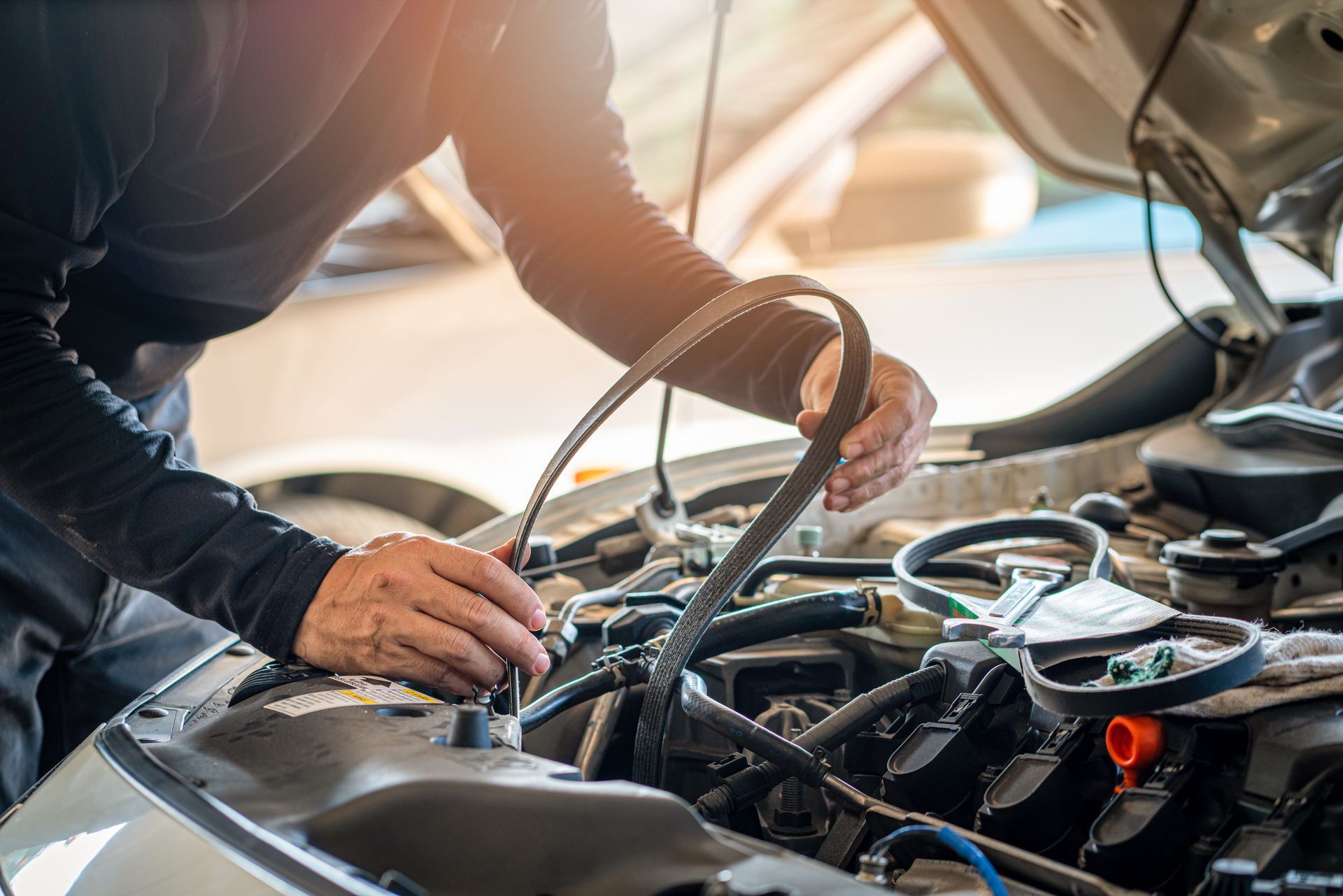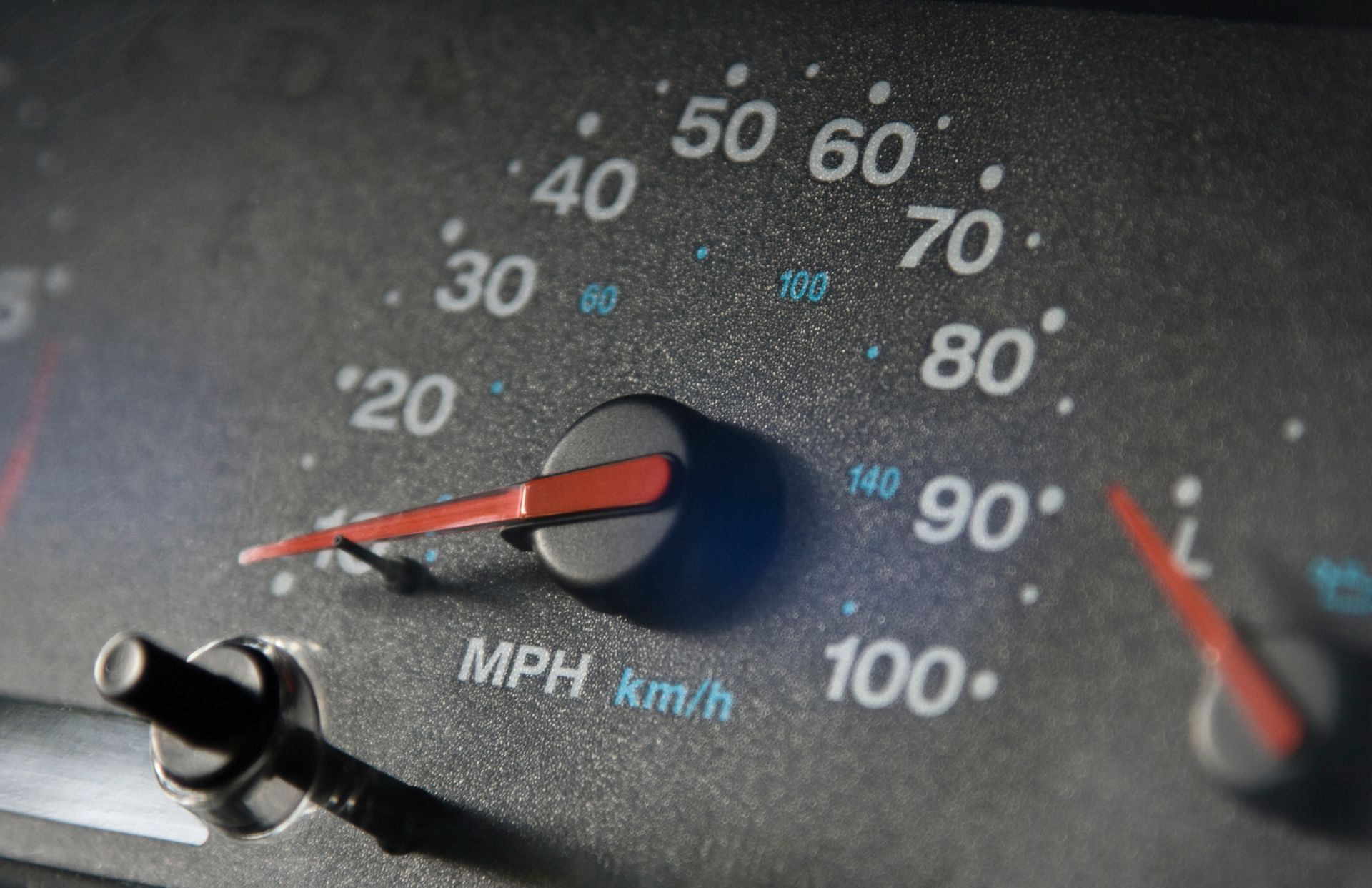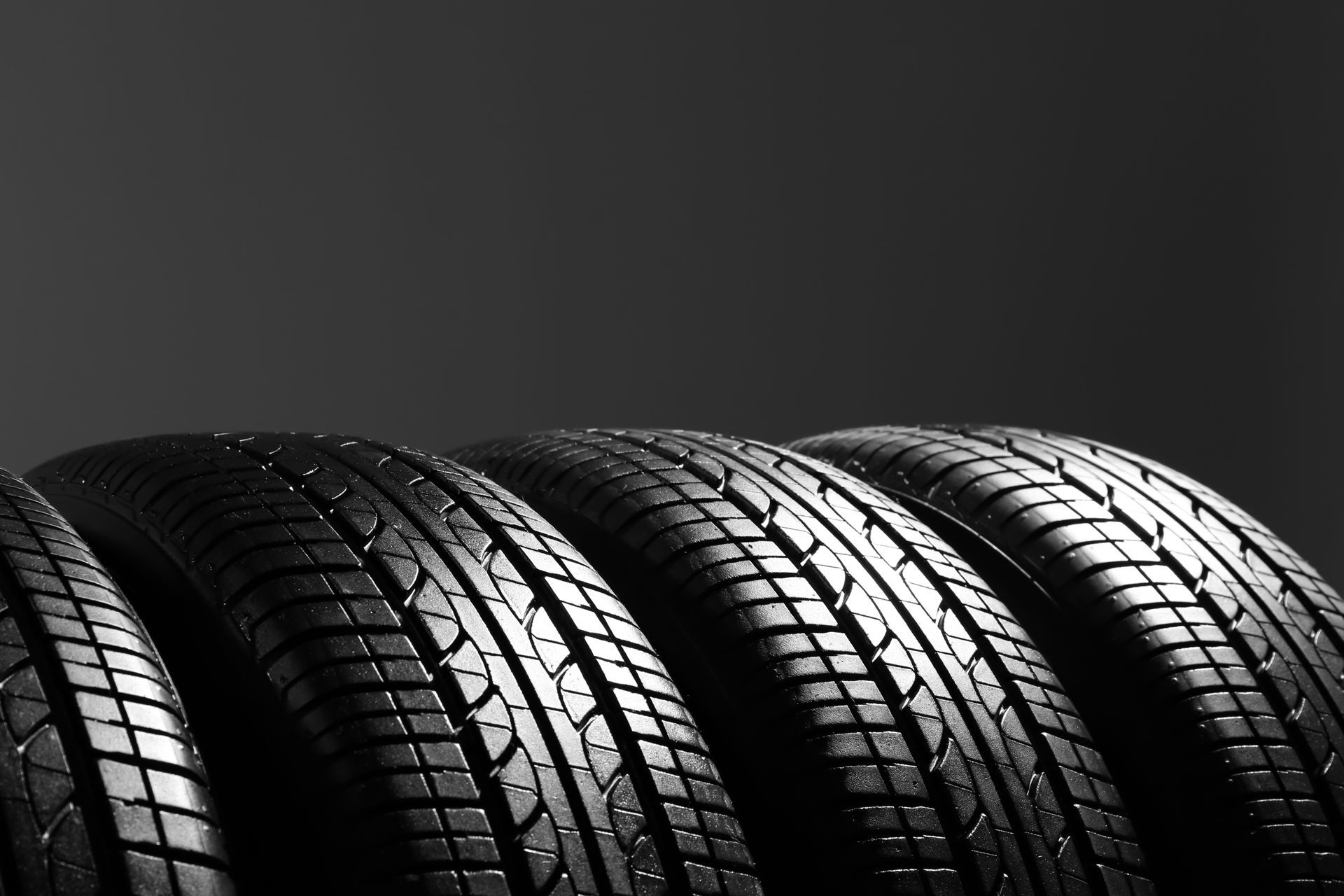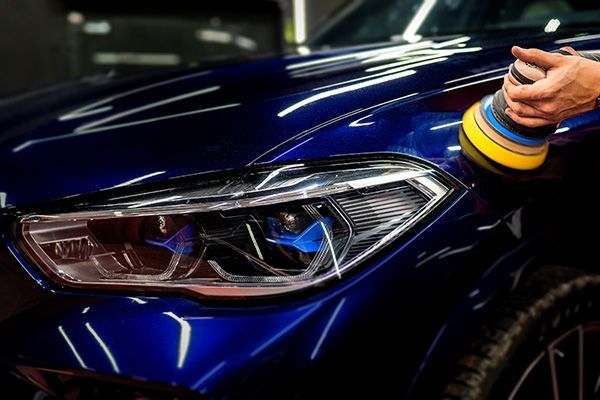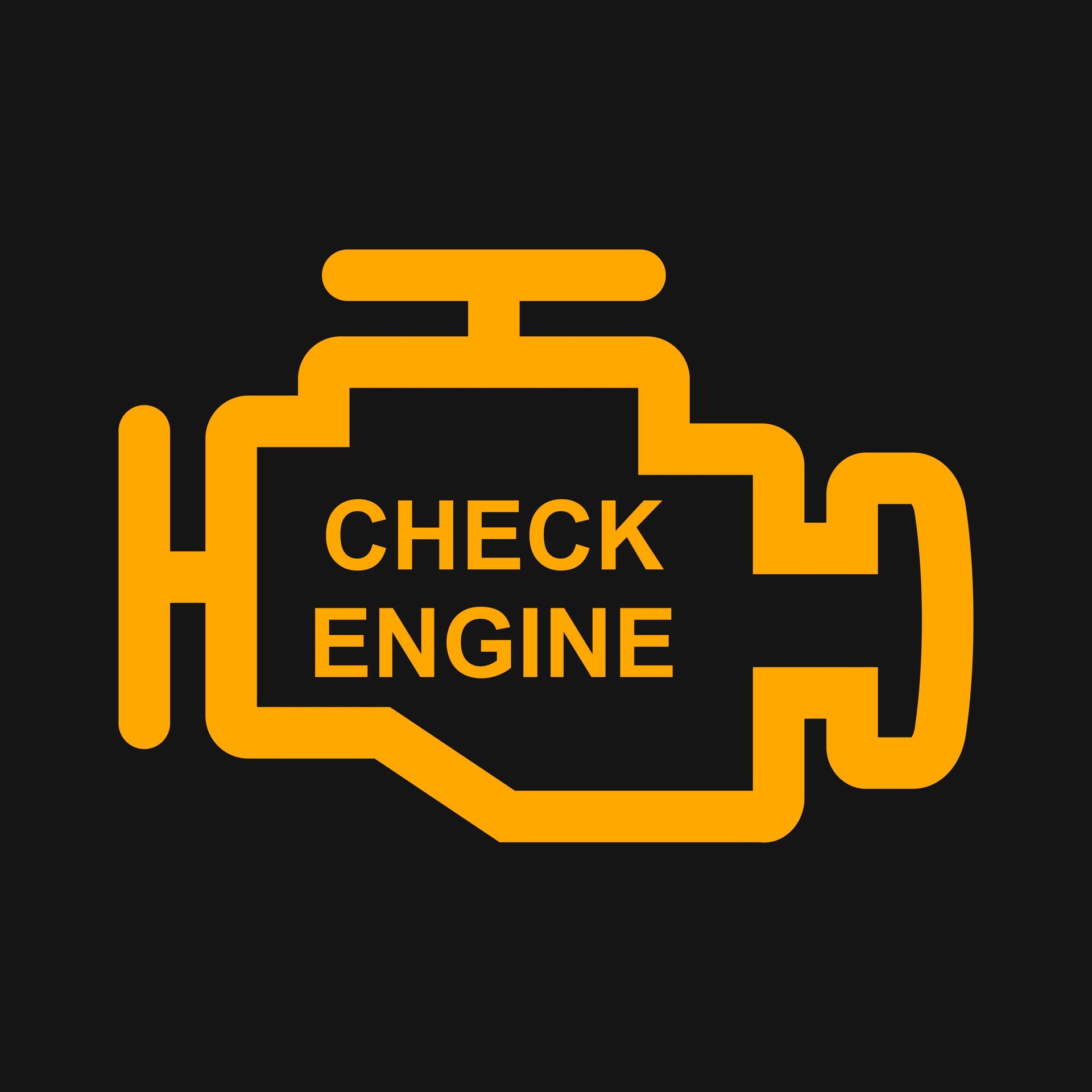Your vehicle’s cooling system plays a critical role in keeping the engine at a safe operating temperature. It circulates coolant through the engine and radiator to absorb and dissipate heat. But for this system to work efficiently, it must be completely filled with coolant and free from air pockets. Air in the coolant system may seem harmless, but it can lead to serious problems if not addressed quickly.
So, what exactly happens if air gets trapped in your coolant system? Let’s take a closer look.
How Air Gets into the Coolant System
Air can enter the cooling system for a variety of reasons. Common causes include:
- Improper coolant refilling without properly bleeding the system
- A leaking head gasket allowing combustion gases to enter
- Cracks in hoses or the radiator
- Faulty radiator or coolant reservoir caps
Once air enters the system, it disrupts the smooth flow of coolant and creates pockets where coolant can't reach.
Overheating
One of the first and most serious consequences of air in the coolant system is engine overheating. Air pockets prevent coolant from circulating effectively, leaving certain parts of the engine without adequate cooling.
Overheating can lead to warped cylinder heads, blown head gaskets, and, in severe cases, complete engine failure. You may notice your temperature gauge rising unexpectedly or steam coming from under the hood.
Erratic Temperature Readings
Air pockets can also cause the temperature gauge on your dashboard to behave erratically. You may notice sudden spikes or drops in temperature readings, which can be confusing and make it difficult to determine the true condition of your engine.
Ignoring these fluctuations can lead to delayed responses to overheating, increasing the risk of engine damage.
Heater Performance Problems
In many vehicles, the heating system relies on hot coolant flowing through the heater core to warm the cabin. If air blocks coolant flow, the heater may blow cold air even when the engine is warm.
Reduced cabin heating is a clear indication that air may be trapped in the coolant system and should not be ignored.
Increased Engine Wear
Without proper coolant flow, engine components may experience uneven temperatures. Hot spots can develop, leading to metal expansion and increased wear.
Long-term exposure to these conditions can reduce engine lifespan and lead to costly repairs that could have been avoided with early intervention.
Potential Coolant Loss
Air in the system can cause coolant to be pushed into the overflow reservoir and potentially spill out. You might notice a drop in coolant levels without an obvious external leak, which is a clue that air is displacing coolant.
How to Remove Air from the Coolant System
Bleeding the cooling system is the process used to remove air pockets. This typically involves running the engine with the radiator cap or a special bleeder valve open to allow trapped air to escape.
Different vehicles have different procedures, and some require specialized tools or techniques to ensure the system is completely purged. This is why it’s best to leave the job to experienced technicians who know the specifics for your vehicle.
Prevention Tips
To help prevent air from entering your coolant system:
- Always follow the proper procedure when adding or changing coolant.
- Regularly inspect hoses, the radiator, and caps for leaks or cracks.
- Use the recommended type of coolant for your vehicle to prevent chemical reactions that could lead to leaks.
Trust Harvey’s Garage in Virginia Beach, VA
If your engine is running hotter than usual, your heater isn’t working properly, or you’ve noticed coolant level fluctuations, there may be air trapped in your system. At Harvey’s Garage in Virginia Beach, VA, our team has the expertise to diagnose and correct cooling system issues, including thorough air bleeding and leak repairs. We’ll make sure your engine stays cool, your cabin stays warm, and your car stays on the road.
Schedule your cooling system inspection today and drive with confidence knowing your vehicle is in top shape.

